Research Report: 2021
▼ Choose a report:

Powered by Research & Graduate Studies
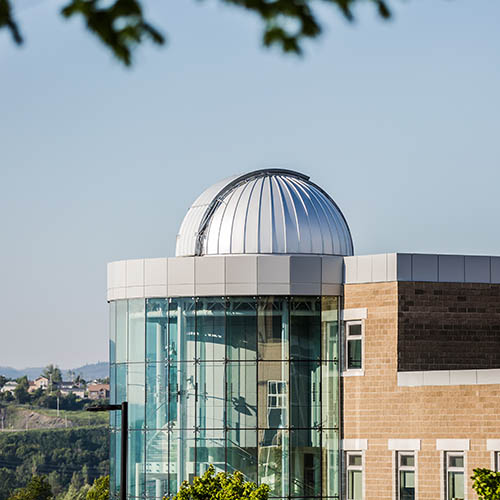
Powered by Arts and Social Science
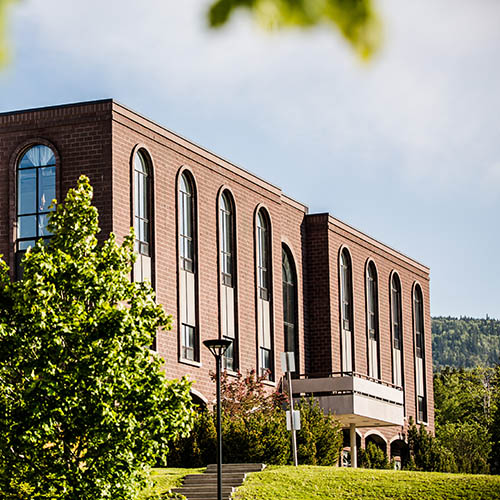
Powered by Fine Arts
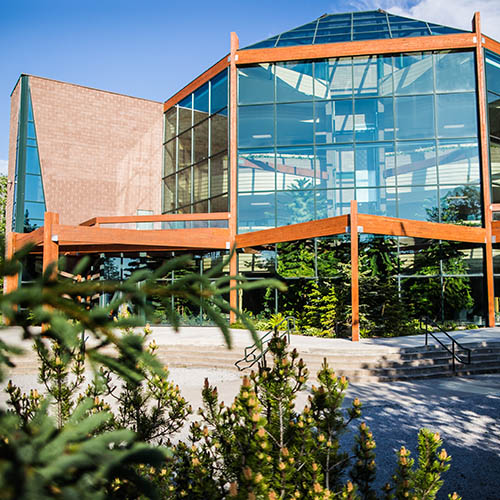
Powered by Science and the Environment
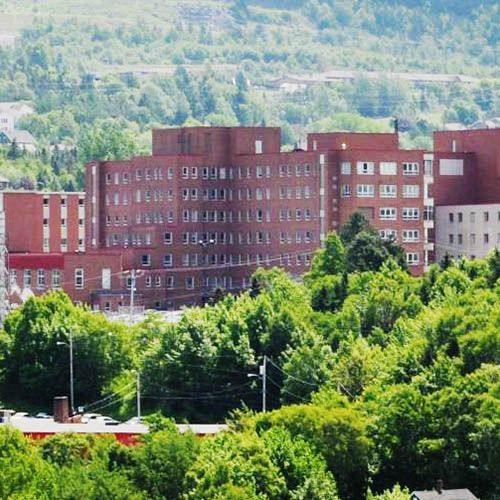
Last year was a busy one for artist and visual arts faculty member Robert Hengeveld, who presented his research in Lobster Cove, N.L., Charlottetown, P.E.I., and all the way to Oslo, Norway.
The collaborative project Where Phantoms Meet exhibited at "Art in the Open," in Charlottetown, P.E.I. As explained on Prof. Hengeveld's website, the project consists of two meticulously recreated boulders. Within each is an omni-directional robot programmed specifically for each exhibition venue. These erratic rocks rest on the floor, motionless. The calm is periodically interrupted as the boulder picks up off the ground and begins to move and pivot about the space. It then returns to rest upon the floor. The second boulder responds in kind creating a dialogue between the two objects and the viewer within the space. At times both boulders move together in synchronous movements. Using localization technology, the boulders play out carefully orchestrated choreography. The robotic components were upgraded to include "localization" capabilities with the support of Dr. Oscar DeSilva and Nushen Senevirathna of the Intelligent Systems Lab, St John's Campus, which enabled a more specific choreography of the two rocks. Prof. Hengeveld also worked with P.E.I.-based choreographer and dancer Reequal Smith to develop these movements.
At "Green: FeLT screening," in Oslo, Norway, Prof. Hengeveld presented Legion, a project still under development, which will in its final iteration consist of 25 autonomous robotic rabbits that mill about independently. The passive presence becomes quite menacing as they come together into formation and move together collectively whole, only to break off again into their independent activities. Prototypes with omni-directional movement, self-charging hardware and localization capabilities were developed, again with the support of Dr. Oscar DeSilva and Nushen Senevirathna. The project is supported through the Canada Council for the Arts and Memorial University.
His project passing where to, exhibited with Creative Gros Morne, in Lobster Cove, N.L., was originally commissioned by Bonavista Bienalle.
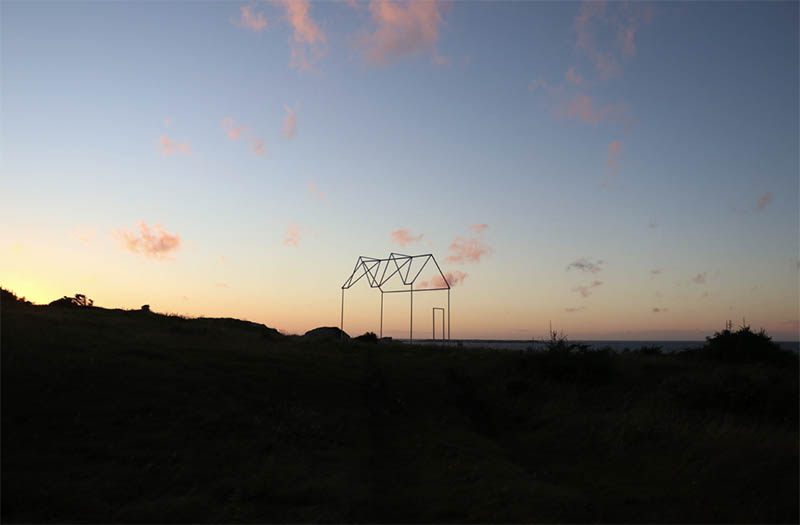
Caption: Image of "passing where to"
As described by curator Matthew Hills, passing where to is "an architectural apparition," appearing at multiple sites.
"Each one is an aberration resonating with the specificities of individual sites and communities, while making a sweeping connection to the resilience of islanders and Newfoundland's histories of settlement and resettlement — specifically, house-moving that resulted from forced relocation and government-mandated community displacement."
Prof. Hengeveld said his creative practice manifests itself in many different forms, but "exploring and experimenting with how we perceive and preconceive the world around us would be one way to summarize a given direction in the past several years.
"Projects often emerge through collaborative investigation, incorporating the expertise and insight of engineers, musicians, choreographers, poets, community members, and other artists," he said, adding that his past work has taken form through drawing, video, immersive installation, site intervention, and sculpture incorporating such things as macramé, a looping roller coaster, rotating tree, a floating shopping cart, animated decoys, among other things.
Learn more about Prof. Hengeveld's work at roberthengeveld.com.